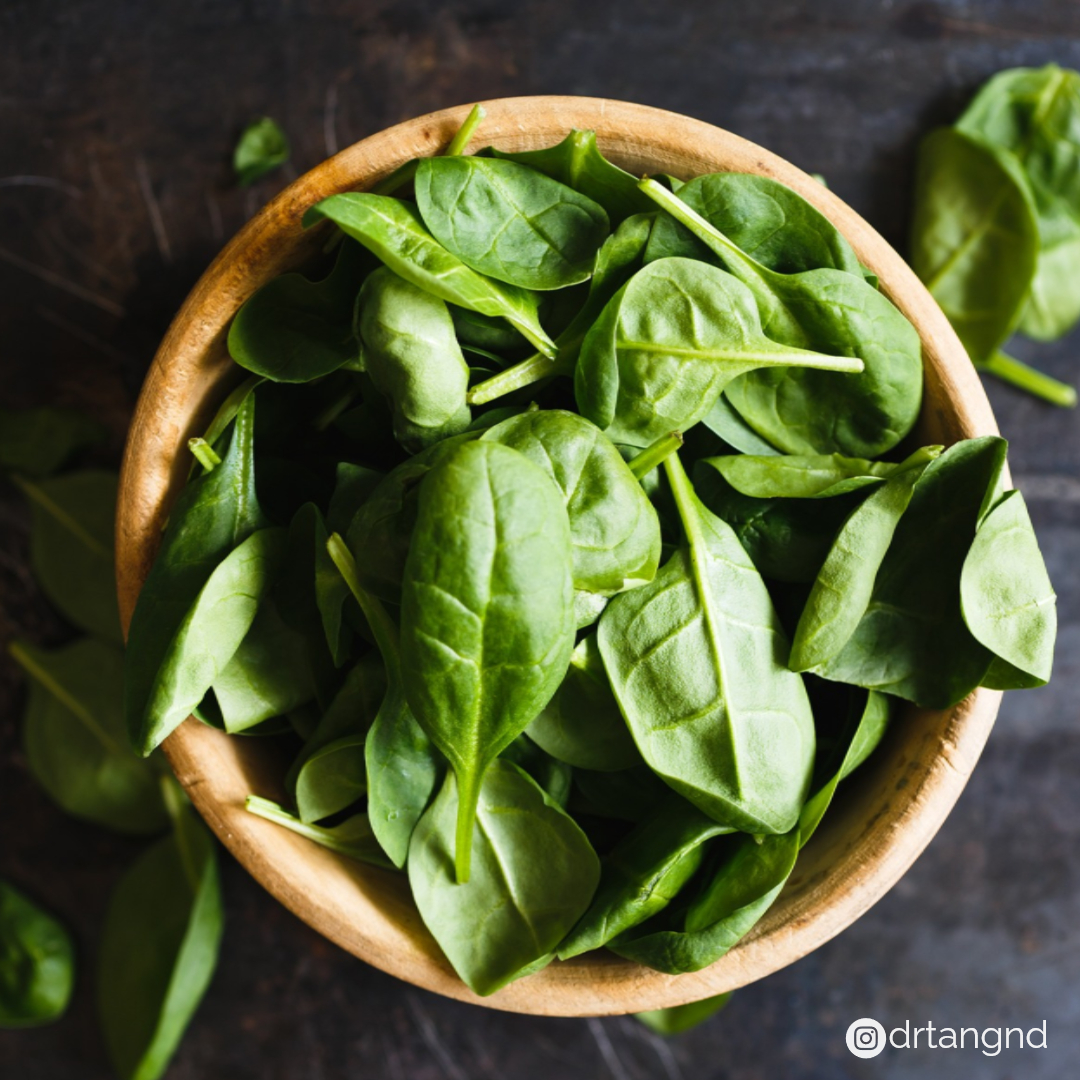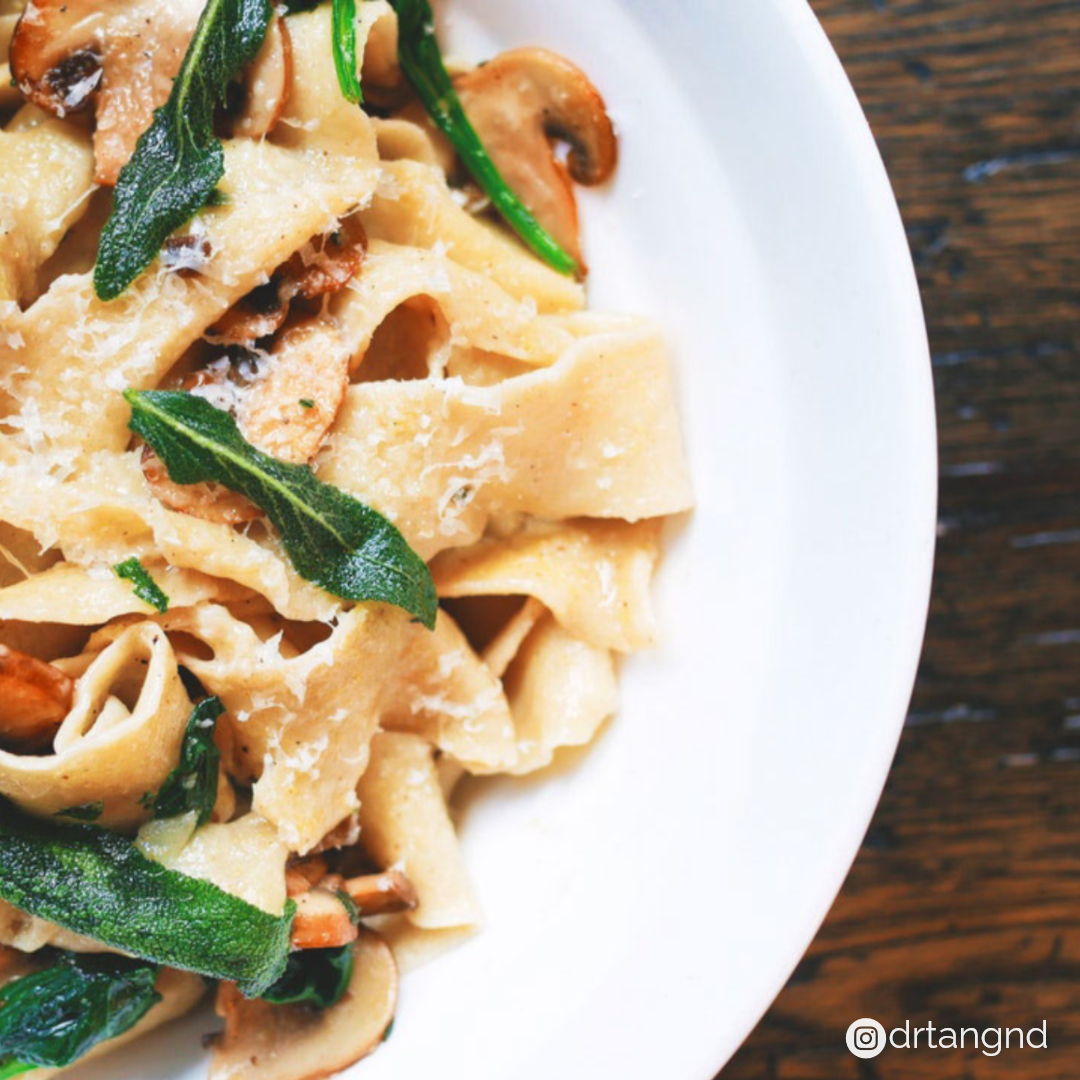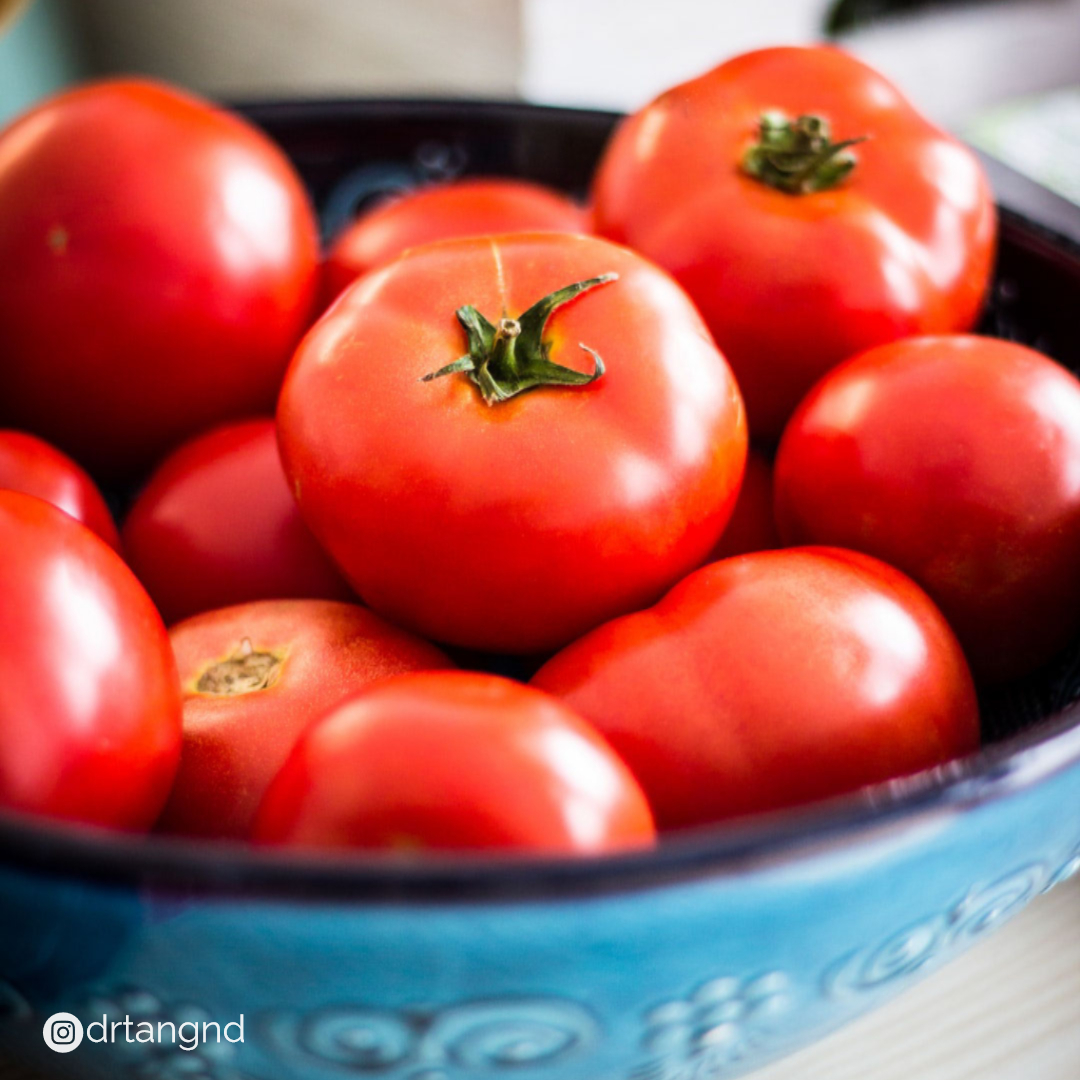Rest Your Gut With The Elimination Diet
Although the word “diet” is often synonymous with “wanting to lose weight”, there are numerous reasons why someone would choose to follow a certain diet. The important thing to always remember is that there’s not a one-size-fits-all approach in terms of what the “best” diet out there is, and there never will be. Each body is different in terms of responsiveness, environmental and genetic factors, personal goals, lifestyle, etc.
However, whether it be due to enhancing athletic performance, overall health, or due to a specific health concern, one of the diets I constantly recommend is called “the elimination diet”. From auto-immune disease, to skin concerns such as eczema, psoriasis, and acne, to digestive symptoms including bloating, constipation/diarrhea, acid reflux, etc, the elimination diet is a fantastic way to help your body reset, decrease inflammation, and help you feel like your best self.
What is the elimination diet?
The goal of this diet is to figure out what foods your body is reacting negatively to that may be the cause of your symptoms and/or decreasing your health. Many health concerns can be traced back to chronic inflammation caused by consistent consumption of a food that your body does not like.
There are two basic phases to the diet: 1) elimination phase, 2) re-introduction phase. Usually the elimination phase lasts for 4-6 weeks, while the length of the re-introduction phase ranges depending on how many things you are re-introducing and whether you have a reaction to a certain food.
The elimination phase is the “reset” part of the diet. Here is where common allergens and inflammatory foods are completely removed from the diet. This allows your gut to heal and prepare for better nutrient absorption, decrease inflammation, and re-establish a healthier microflora. You will have to avoid all gluten, dairy, and sugar, along with food groups such as nightshade vegetables, corn and soy products, eggs, red meats, and so forth.
The re-introduction part is where you start to introduce food groups into your system, one by one, to see how you respond after the “reset”. Only one food group should be introduced at a time, and should be eaten at multiple intervals throughout one day e.g. have an egg as part of your breakfast, lunch, and dinner. You would then observe how your body reacts for a couple of days. If there are no changes, then that food group is “safe” and you have the green light to introduce another food group. If you do react negatively, then you will have to wait a little longer for your body to settle before moving forward.
What can I expect from the elimination diet?
I’m not going to lie – you can expect it to be difficult (I know, I’ve done it 3 times myself). You will find it hard to break your old habits and enjoy food like you used to. The good news is that you will be positive health effects pretty quickly. For most people, it will be a rough start, especially for those who have a big sweet tooth. They may experience withdrawal symptoms such as headaches and intense sugar cravings. For some, they start off feeling very deprived because they can no longer eat the foods they love to eat. But once you get into a routine, it becomes easier, and your body starts to tell you that you’re on the right track. Your sleep starts to improve, your energy starts to increase, and your complexion starts to glow. For some, their initial concerns start to improve as well.
The re-introduction phase is where it gets a little tricky, because you don’t know how your body will respond to certain foods. If you do react to a re-introduction of a food e.g. you start to feel more tired, you get headaches, your skin lesions start to flare up again, it is a good indication that you should not be eating that food. The stronger your body’s reaction, the more strict you should be with eliminating it from your diet.
What can the elimination diet help with?
The effects of the elimination diet are wide reaching, and that’s one of the reasons why I like to recommend it so much. By no means is this an exhaustive list, but the elimination diet can help with:
- Fatigue
- Constipation/diarrhea
- Bloating
- Stomach pains/cramps
- Skin conditions: acne, psoriasis, eczema, rashes, etc
- Headaches
- Seasonal allergies
- Hormone imbalances
- Cognitive function (reduce brain fog, help with concentration and memory, etc)
- Poor athletic performance
- “Leaky gut”
- Rheumatoid conditions such as arthritis and osteoarthritis
- Joint pain
- Sinus congestion
- Stubborn weight gain
- Heartburn
How do I do it the right way?
Be prepared. Take a day or so to go grocery shopping, identify and remove obstacles, and plan meals for the week. A prepared mind is a successful mind. When I was “experimenting” with this myself, I realized that I am a busybody and there was no way I was getting through this without meal prepping for the week. This makes sure that you have no excuses NOT to follow through with your goals. This also eliminates temptation – when it’s late and you’re hungry, the easiest thing is to eat something that’s readily available. This diet is all about quality and not quantity, so you should never feel hungry.
Like I said, this is not an easy thing to follow through with. It is best to do this under the supervision of a naturopathic doctor for several reasons. With their clinical training, naturopathic doctors can:
- Help find substitutes for foods you love to make an easier transition
- Modify the diet to be more individualized to your body and your goals
- Ensure you do the diet safely and you’re still meeting your nutritional needs
- Differentiate whether side effects you’re experiencing on the diet are part of the process, or something that needs more attention
- Be a source of support and encouragement to keep you on track with your goals
- Recommend specific supplements to help with gut healing and others tailored to your health concerns to optimize the elimination diet


